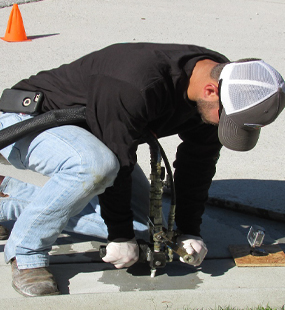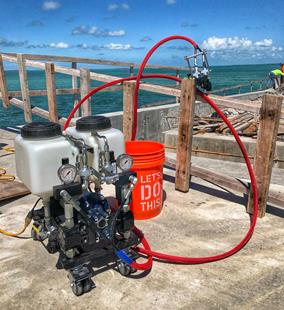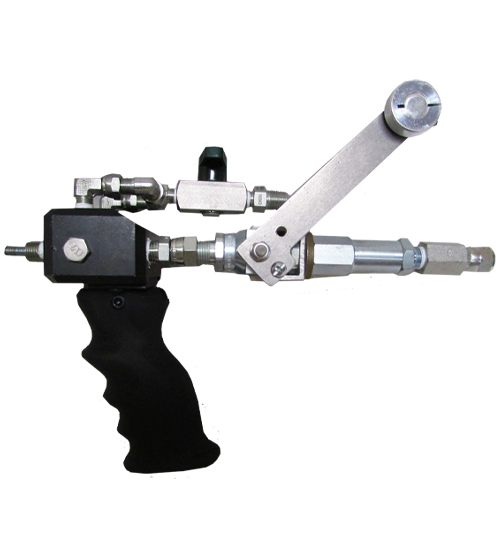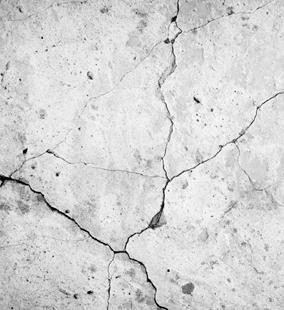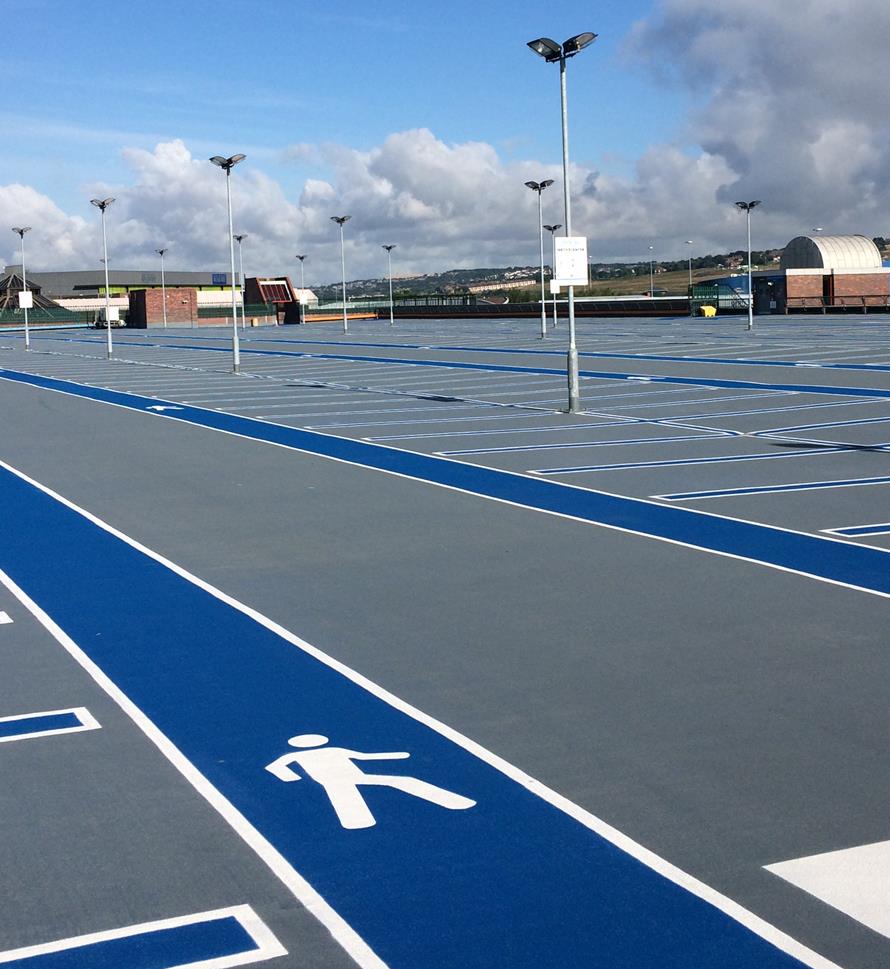
- Home
-
Solutions
-
Leak Seal
Seal leaks in concrete or masonry with crack injection and curtain grouting of our Prime Flex polyurethanes and AR acrylate resins. Prime Resins offers superior solutions for stopping leaks in every type of environment.
Read More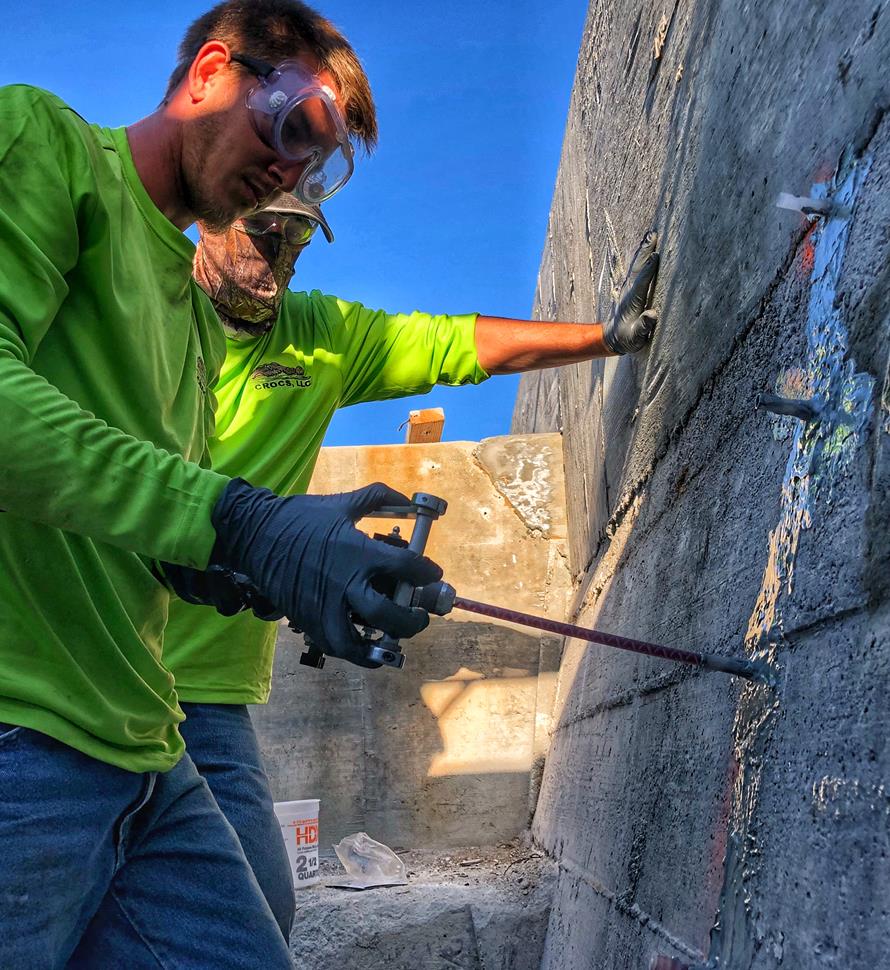
-
Soil Stabilization
Sound concrete relies on a sound substrate. Stabilize soils and fill voids with our polyurethane and acrylate foams and gels. We make chemical grouts for permeation and compaction grouting in wet and dry conditions.
Read More
-
Slab Lifting & Stabilization
Slab lifting and slab stabilization with polyurethane foams offers many advantages over traditional mudjacking. Only Precision Lift is engineered to tackle underlying issues and slab lifting with precise, dependable results.
Read More
-
Floor Repair & Joint Protection
Spalled concrete is concrete that is chipped, cracked and deteriorating. This often happens at a joint.
Read More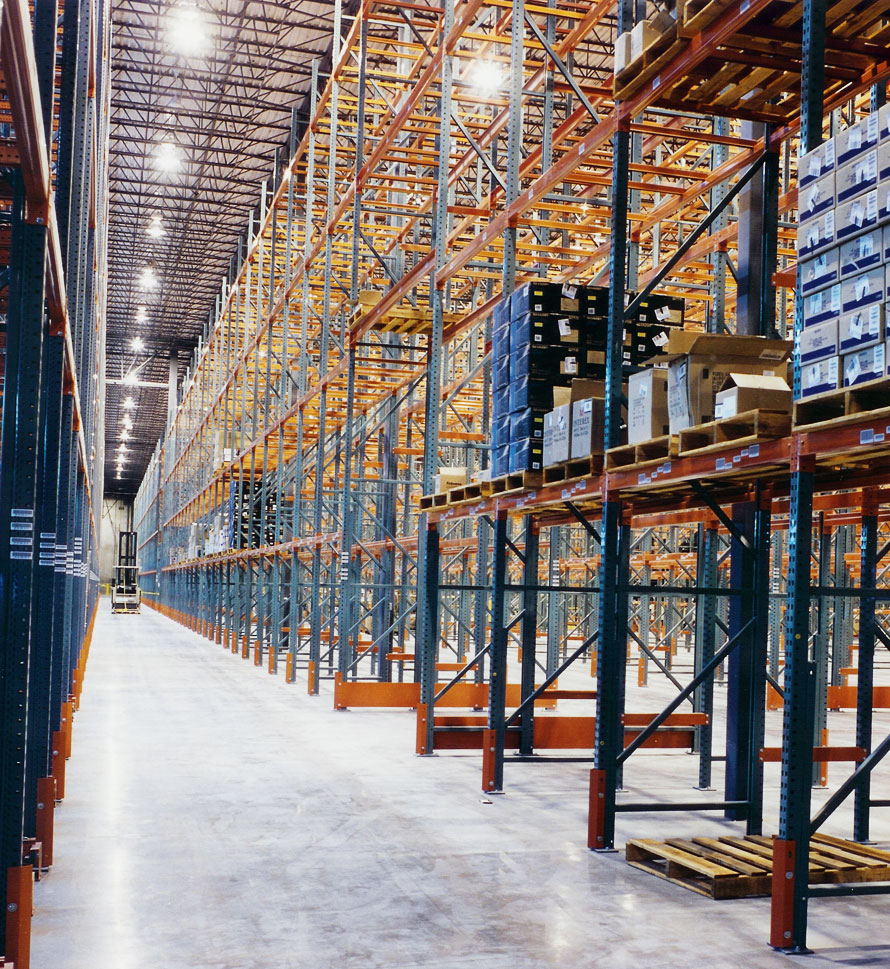
-
Seawall Repair
You can repair a seawall or bulkhead with Prime Resins chemical grouts: fill voids, stabilize loose soil and seal leaks at a fraction of the cost of wall replacement.
Read More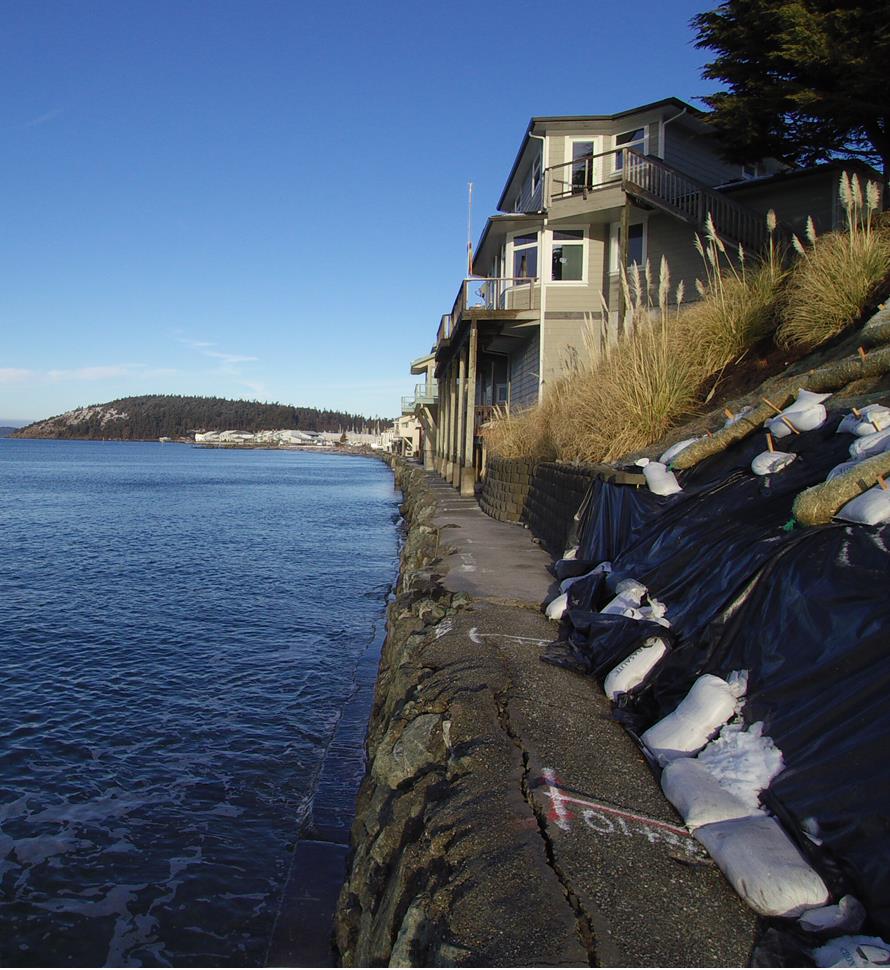
-
Structural Repair / Bonding & Anchoring
The need for crack repair in concrete structures can be caused by many different factors. Damage can occur to the concrete in situations where direct impact puts stress on one area of the structure.
Read More
-
Highway & Bridge
The geotechnical needs of DOTs and other agencies responsible for roads and bridges are vast. Issues include: Culvert repair Soil stabilization Void filling Concrete slab lifting Sinkhole remediation Slope control Slough control in tunneling
Read More
-
Waterproofing & Secondary Containment
Protecting concrete usually means shielding it from the elements of nature or from harsh manmade chemicals. But it’s not just concrete that needs such protection. Corrugated metal pipe, steel surfaces, material hoppers, rail cars and masonry all can come in contact with corrosive or abrasive materials or harsh conditions.
Read More
-
Leak Seal
-
Products
-
Leak Repair
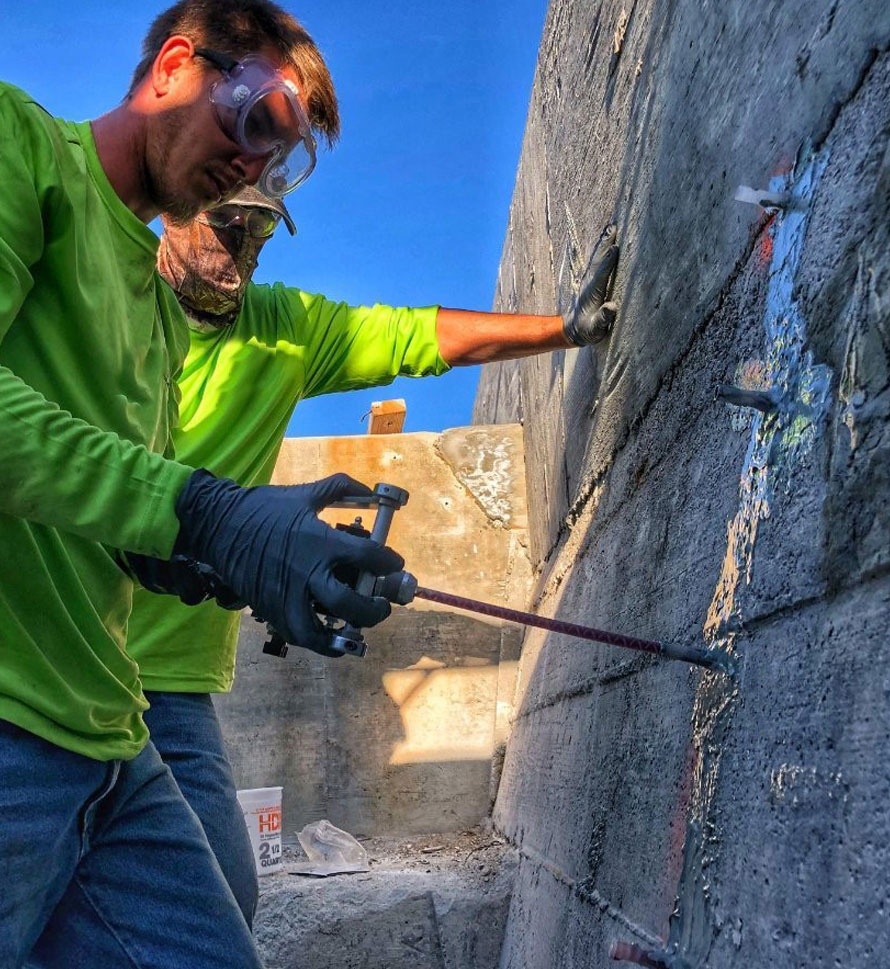
-
Soil Improvement
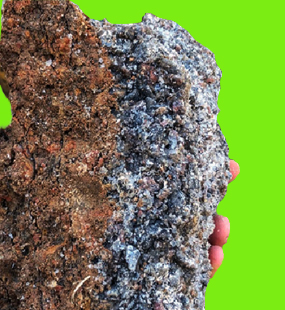
- Soil Stabilization
- Slab Lifting
- Structural Repair / Bonding & Anchoring
- Pumps
- Dispense Guns & Applicators
-
Turnkey Trailer Rig
Are you ready to hit the ground running doing concrete leveling with polyurethane foam? Prime Resins offers the industry’s best suite of products for lifting concrete as a turnkey, fully equipped trailer rig.
Read More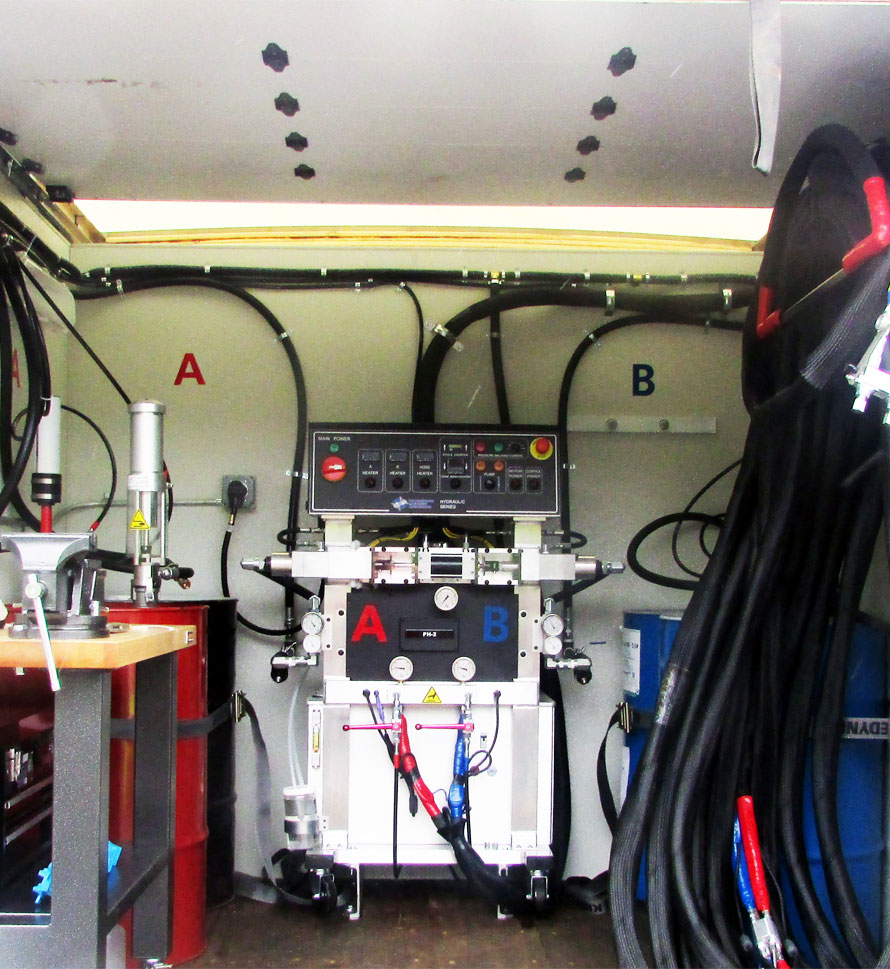
-
Accessories (General)
- 3/4" expendable drive point
- 3/8" and 3/4" soil probes
- Cartridge / Port Connectors and Mixers
- Conduit Seal Kit
- DM500 Divorced Mix Manifold
- Eco Flush
- F Valve
- Flush Wand
- Grout Needle Kit
- High Pressure Control Valve
- High Pressure Mechanical Ports
- Kick Fast
- Low Pressure Plastic Ports
- PR11 TEA (used w/ PR10 ACLM)
- PR12 APSF catalyst (used w/ PR10 ACLM)
- PR17 LYTX
- Prime Kat
- Prime Plug
- Prime Solvent CGC
- Oakum
- Soil pipe jack
- Stainless Steel Grout Needle & Kit
- StainShield
- Wall Stinger Nozzle
-
Soil Grouting Accessories
- Pipe Coupler
- Pipe Coupler Ferrule
- Buttonhead Coupler - Straight
- Buttonhead Fittings
- SG 3/4" Expendable Drive Tip
- SG 3/4 Rod - 39" Base
- SG 3/4 Rod - 39" Connector
- SG 3/4 Rod - 19.5" Base
- SG 3/4 Rod - 19.5" Connector
- SG 3/4 Fitting - Pipe to Buttonhead
- SG 3/4 Fitting - Buttonhead Fitting
- IL 1/2" Drive Point
- IL 1/2" rod - 39" base
- IL 1/2" rod - 39" connector
- IL 1/2" Fitting Buttonhead
- SG 3/4" Fitting - Buttonhead Coupler
- SG 3/4" Slotted Drive Tip
- SG 3/4 Drive Head
- Modified Pipe Jack Soil Grouting
- SG 3/4 Fitting - Buttonhead Coupler
- Pagani DPM30 Penetrometer
- IL 1/2" Fitting - Buttonhead to Connector Rod
- IL 1/2" Rod to Rod Coupler Fitting
- High Pressure Flow Control Valve
- Buttonhead Coupler - 90°
- Buttonhead Clamp Kit
- Floor & Joint Repair
- Waterproofing & Secondary Containment
-
Leak Repair
- News
- Downloads
-
Tools
-
Case Studies
Prime Resins takes pride in its ability to find the right solutions to the problems facing our customers. Here are some examples of customers’ successful jobs:
Read More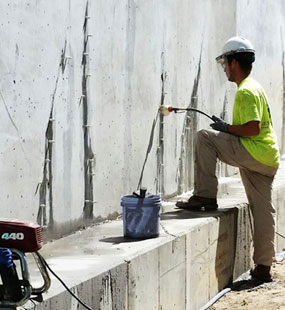
-
Prime Practices
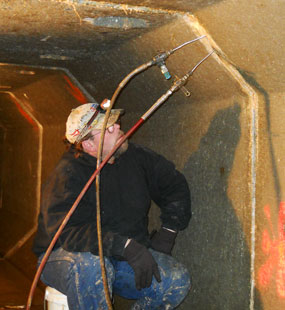
-
Videos

-
Estimating Tools & Info.

-
Why us?
The superior quality of products at a fair price, our consultative approach, and our unparalleled technical support set Prime Resins apart. Learn more about the Prime difference.
Read More
-
Product Types & Typical Uses
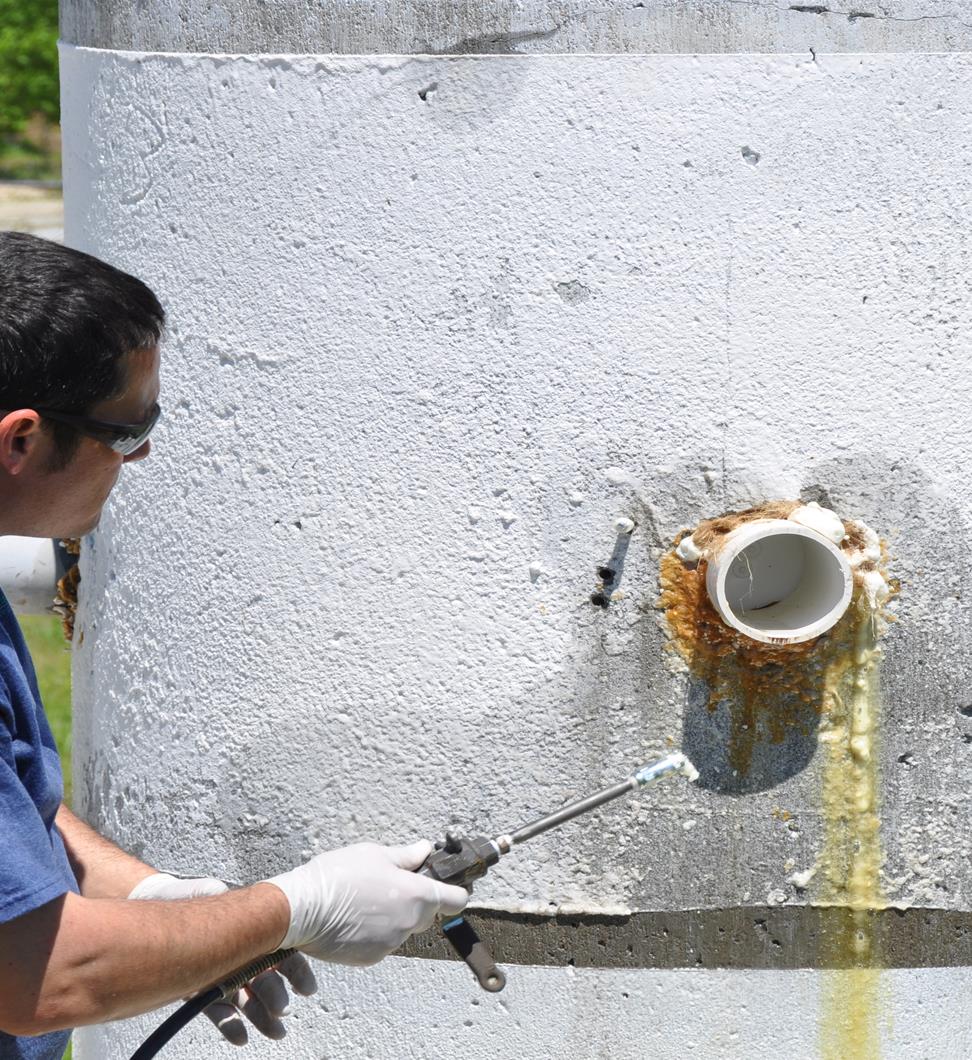
-
Looking for a contractor?
-
Certifications
-
Case Studies
- Contact
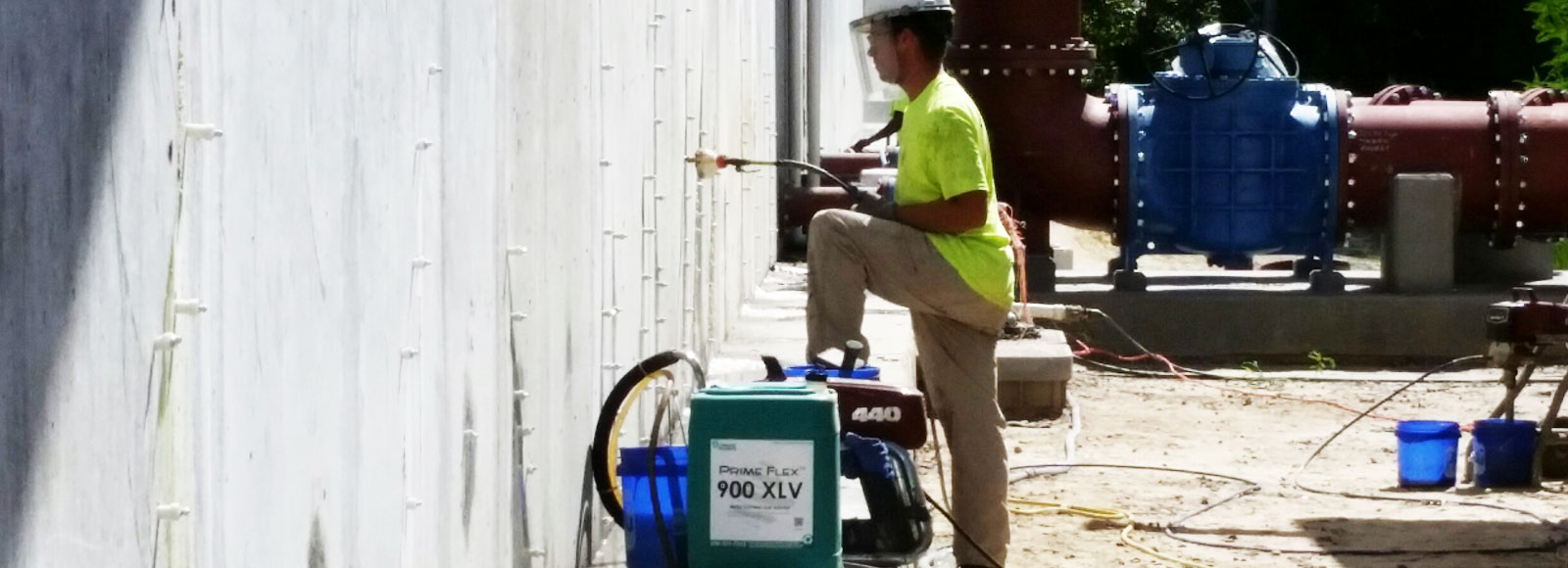
Hydrophilic VS Hydrophobic
Chemical grouts are a cost-effective solution for many leak sealing, void filling and soil stabilization projects. Choosing the right material and installing it correctly are critical to the long-term success.
Chemical grouts fall into two classes: hydrophilic grouts that have an affinity for water and seek it out and hydrophobic grouts that repel water and tend to resist moving toward wet areas. This means that they are better suited for some applications than others.
Hydrophilic Grouts
Because hydrophilics seek out water in a crack, they absorb into tight cracks and pores of the concrete or masonry and have a tenacious bond to wet concrete. They should be used to stop leaks via crack or joint injectionand are a very effective long-term solution. Polyurethanes are most common, but acrylates are an option as well.
Hydrophilic soil stabilization material absorbs as much water as it comes into contact with during initial cure. This absorption allows the resin to be extended with water. The end result is a gelatin type product that doesn’t add much strength, but is impermeable to water. When the water table drops, moisture in the hydrophilic stabilization product evaporates and the product shrinks. Our testing has shown that re-absorption recovery only ranges from 60-80%. This means that a hydrophilic resin for soil stabilization is best suited for soils that remain moist most of the time such as places with high groundwater. That said, hydrophobic materials are usually a better choice for soil stabilization.
Hydrophobic Grouts
A hydrophobic grout will not bond tightly with concrete. This is an example of a crack injected with a hydrophobic material (not a Prime Resins product). You can see that the cured hydrophobic material easily peels off; this material did not seal the leak. Later injection with Prime Flex 900 XLV sealed the crack.
Hydrophobics repel water in a crack, and the water will act as a bond breaker between the polyurethane foam and the concrete, resulting in low bond strengths. Their hydrophobic nature means they will not be diluted and their reaction is not affected by the presence of water. For these reasons, hydrophobics are not well suited for crack injection, but they are an excellent choice for curtain grouting, sealing gushing leaks, compression sealing, void filling and soil stabilization.
Hydrophobic polyurethane is usually used to fill voids and stabilize soil because of its low viscosity, high expansion rate, and ability to set up under wet conditions without diluting.
When injected into loose soil or voids, it expands to form a rigid foam that displaces any water present. The material expands up to 1000% in soil and forms a strong, impermeable mass by binding the soil particles together. Because rigid hydrophobic material is not affected by fluctuation in the moisture content of the soil, it is virtually unaffected by water table level. It retains its strength, size and impermeability under almost all soil conditions. This makes it a popular choice for curtain grouting manholes and seawalls.
Why is bond important?
Concrete expands and contracts with changes in temperature. As temperatures rise, concrete expands, and cracks tighten up. When temperatures fall, concrete contracts and cracks open up. Polyurethane foams are designed to seal leaking cracks. However, if the material does not bond to wet concrete, it is destined to eventually fail during these thermal cycles, particularly during cold weather. The cracks will open up and leave a gap between the concrete and the foam allowing water to seep back through. This is why hydrophilics are better suited for sealing leaks with crack injection and why hydrophobics work well for curtain grouting.
| Hydrophilic | Hydrophobic | |
| Behavior | Seeks water | Repels water, reaction and cured structure unaffected by water |
| Reaction | Reacts with water | Needs a catalyst |
| Cured state | Flexible foam or gel | Rigid foam |
| Best applications | Crack injection of leaks Stopping active infiltrations Sealing cracks subject to movement or vibration Soil stabilization of moist soils Permeation grouting (acrylate) |
Curtain grouting to seal leaks Filling voids Soil stabilization Compaction grouting Permeation grouting Stopping gushing leaks |
| Prime Resins product | Prime Flex 900 XLV Prime Flex 900 MV Prime Flex Hydro Gel SX AR 800 AR 870 |
Prime Flex 910 Prime Flex 920 Prime Flex 940 Prime Flex 985 |




